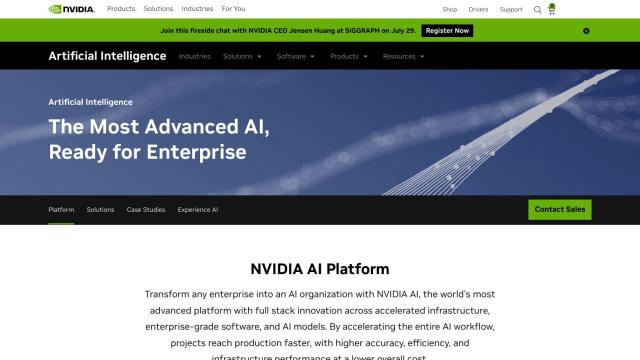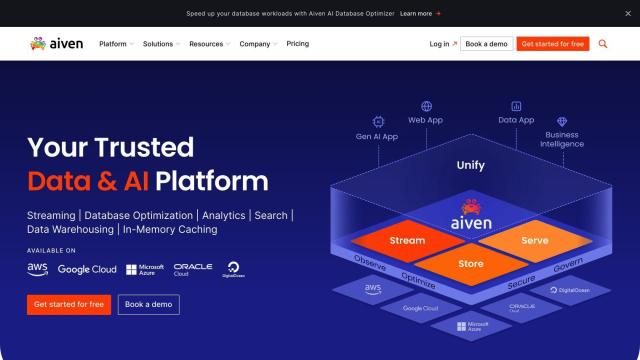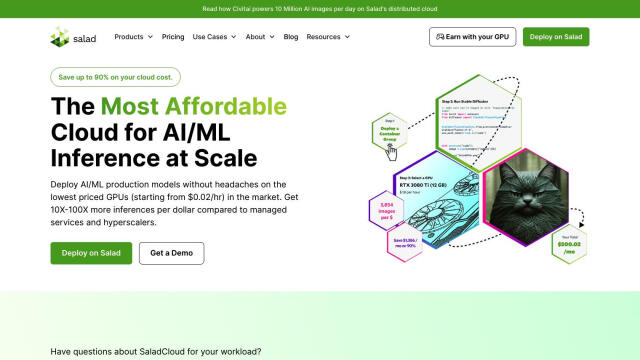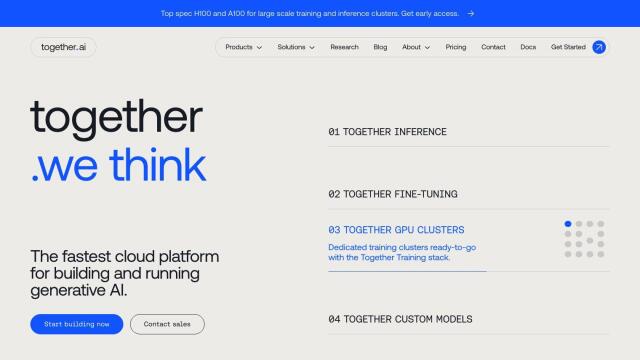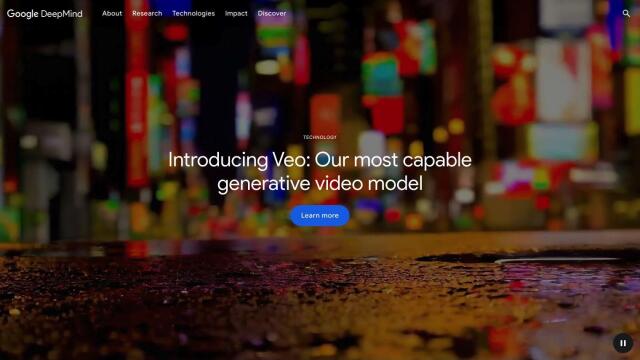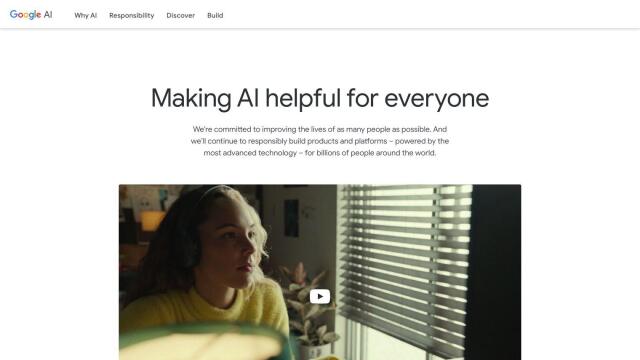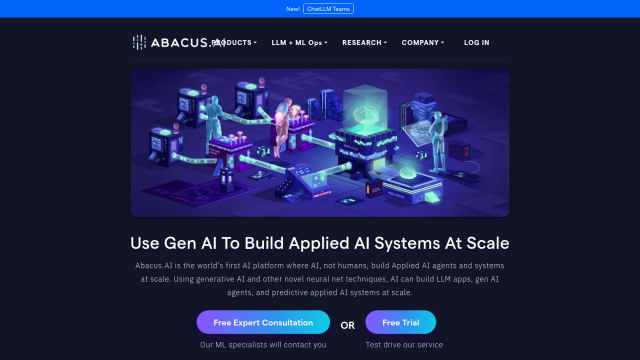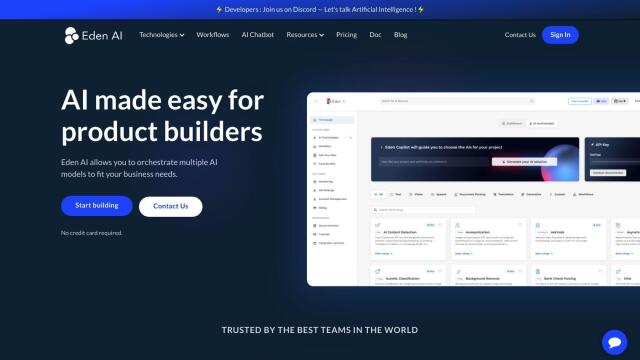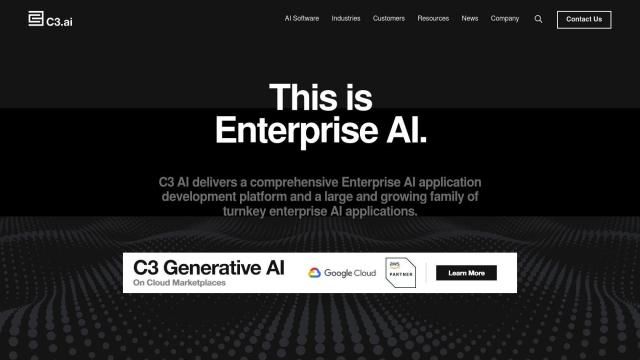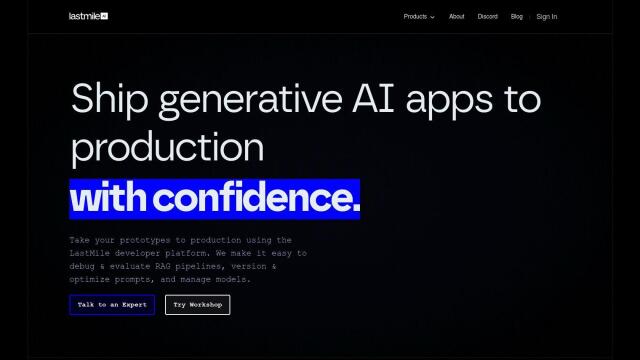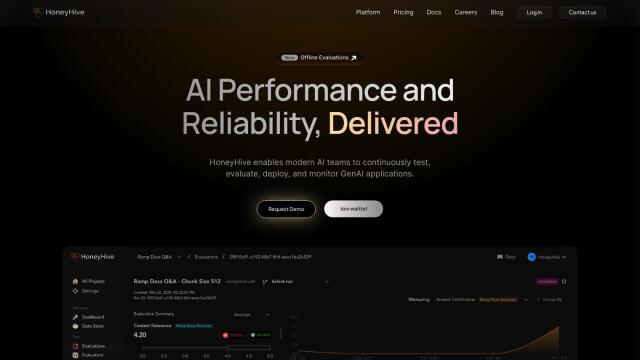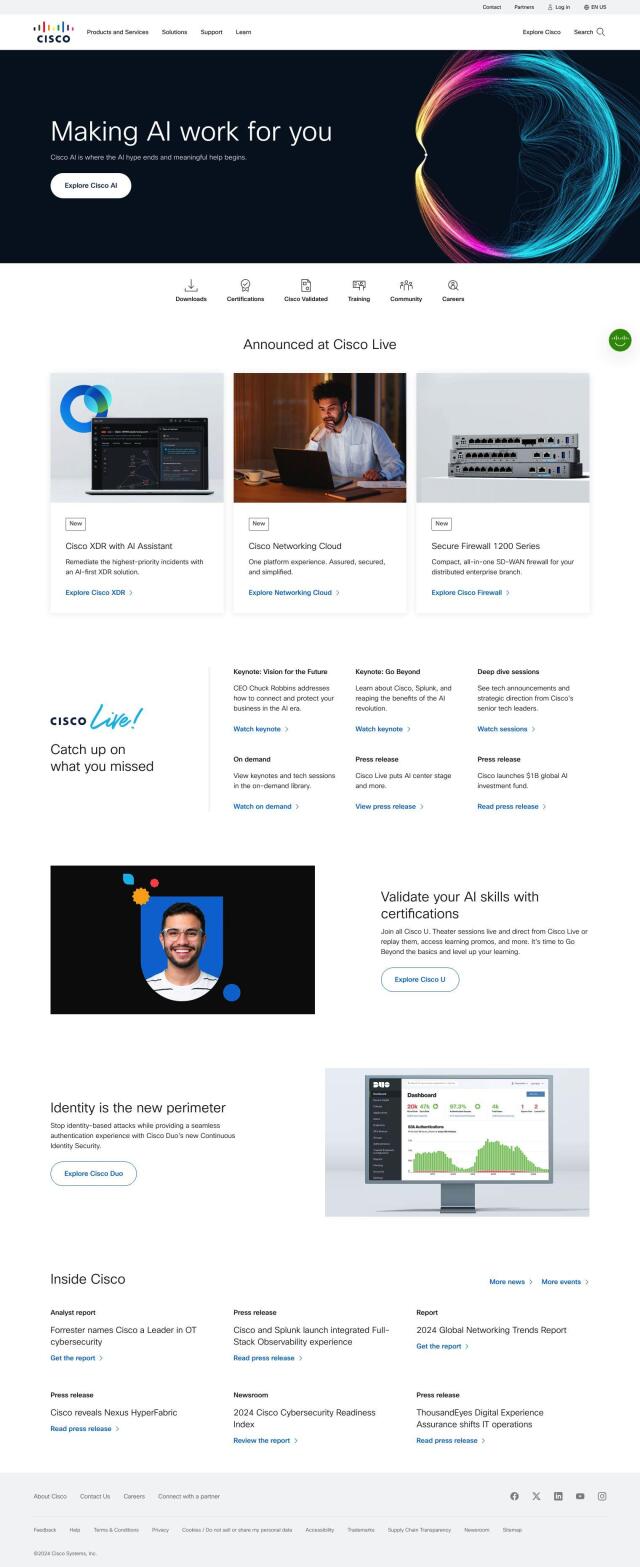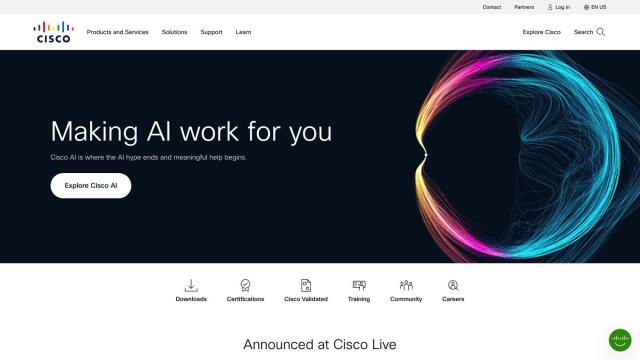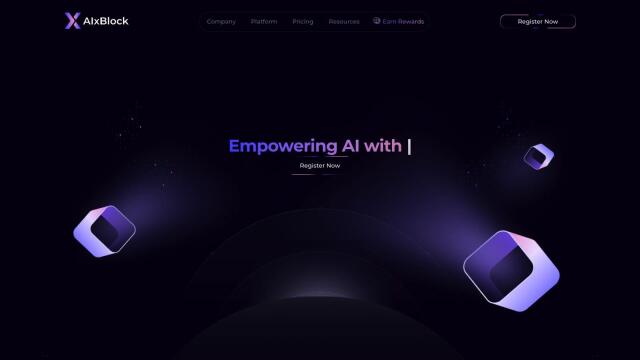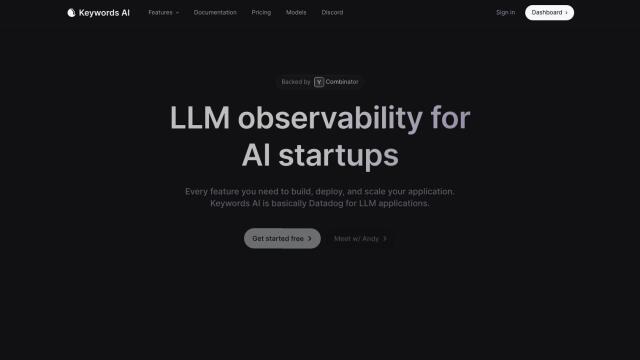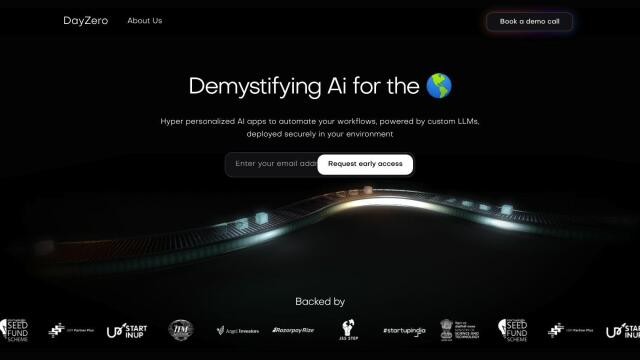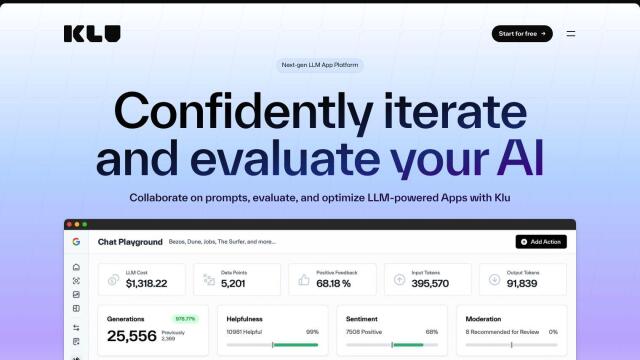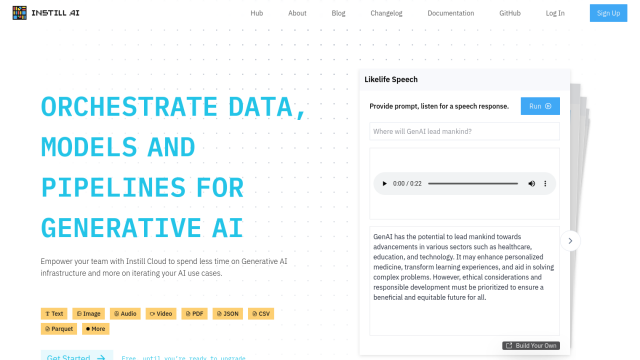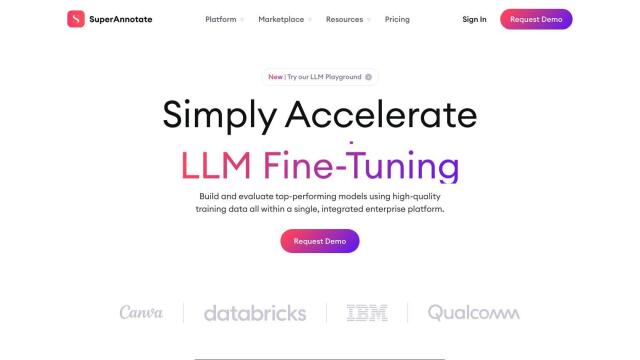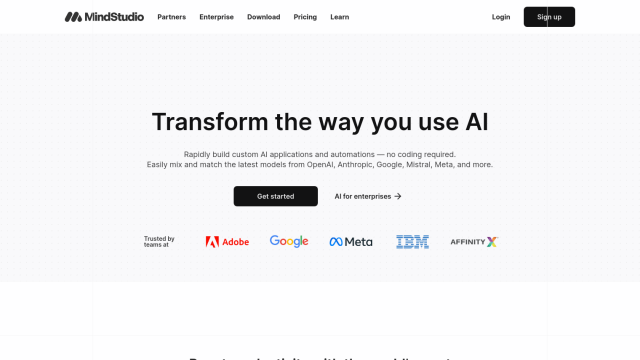Question: Do you know of a tool that provides seamless integration with multiple cloud environments and systems for AI development and deployment?


Anyscale
For a unified interface to multiple cloud environments and other systems for building and running AI, Anyscale is a top pick. It lets you build, deploy and scale AI applications across multiple clouds and on-premises environments, with features like workload scheduling, intelligent instance management and heterogeneous node control. Anyscale also integrates with popular IDEs and offers persisted storage and Git integration, making it a powerful foundation for managing AI workloads. It also offers a free tier and customized pricing for bigger businesses, so you can pay what you need.

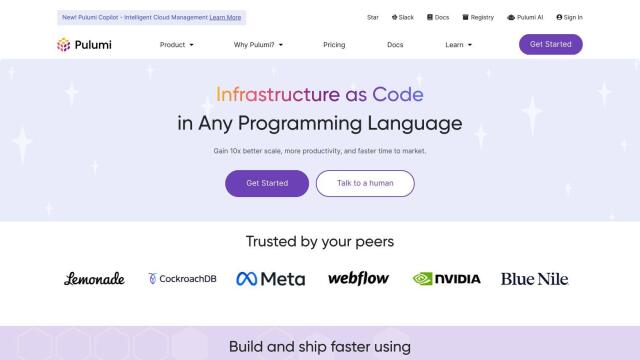
Pulumi
Another strong contender is Pulumi, an open-source infrastructure as code (IaC) SDK that lets developers create, deploy and manage infrastructure across multiple clouds using their preferred programming languages. Pulumi supports big cloud players like AWS, Azure and Google Cloud, and fits into existing software delivery pipelines. It also offers modular environments, internal developer portals and tight integration with tools like Terraform and Kubernetes, making it a great option for teams that want to boost productivity and scalability.

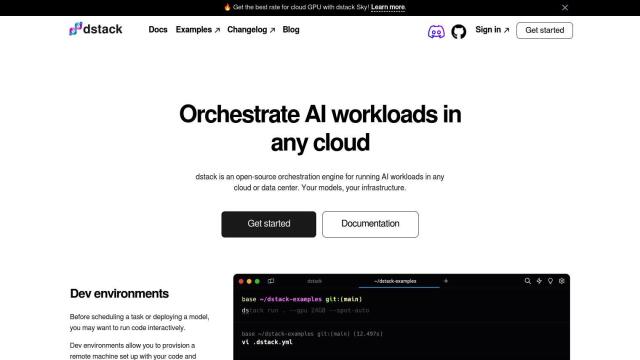
dstack
dstack is an open-source engine that automates infrastructure provisioning for AI model development and deployment across a range of cloud providers and data centers. It supports a broad range of cloud providers and on-prem servers, making it easier to set up and manage AI workloads. dstack offers a variety of deployment options, including self-hosted and managed versions, and has extensive documentation and community-driven support, making it a flexible option for lowering costs and improving productivity.

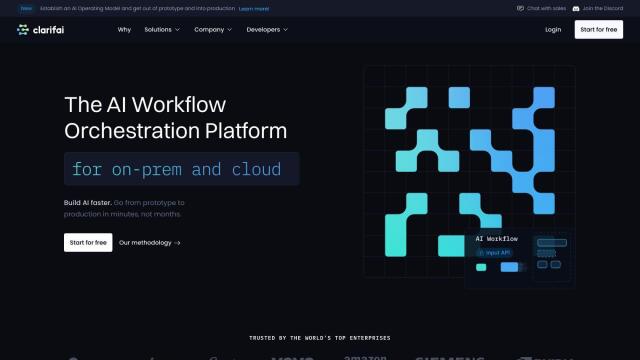
Clarifai
Last, Clarifai offers an AI workflow orchestration platform that lets companies build, manage and run AI projects at scale, either on-premises or in the cloud. It streamlines the process of taking AI prototypes to production, standardizing workflows and boosting efficiency. Clarifai features include automated data labeling, generative AI and content moderation, and is good for a variety of use cases, from digital asset management to visual inspection.

